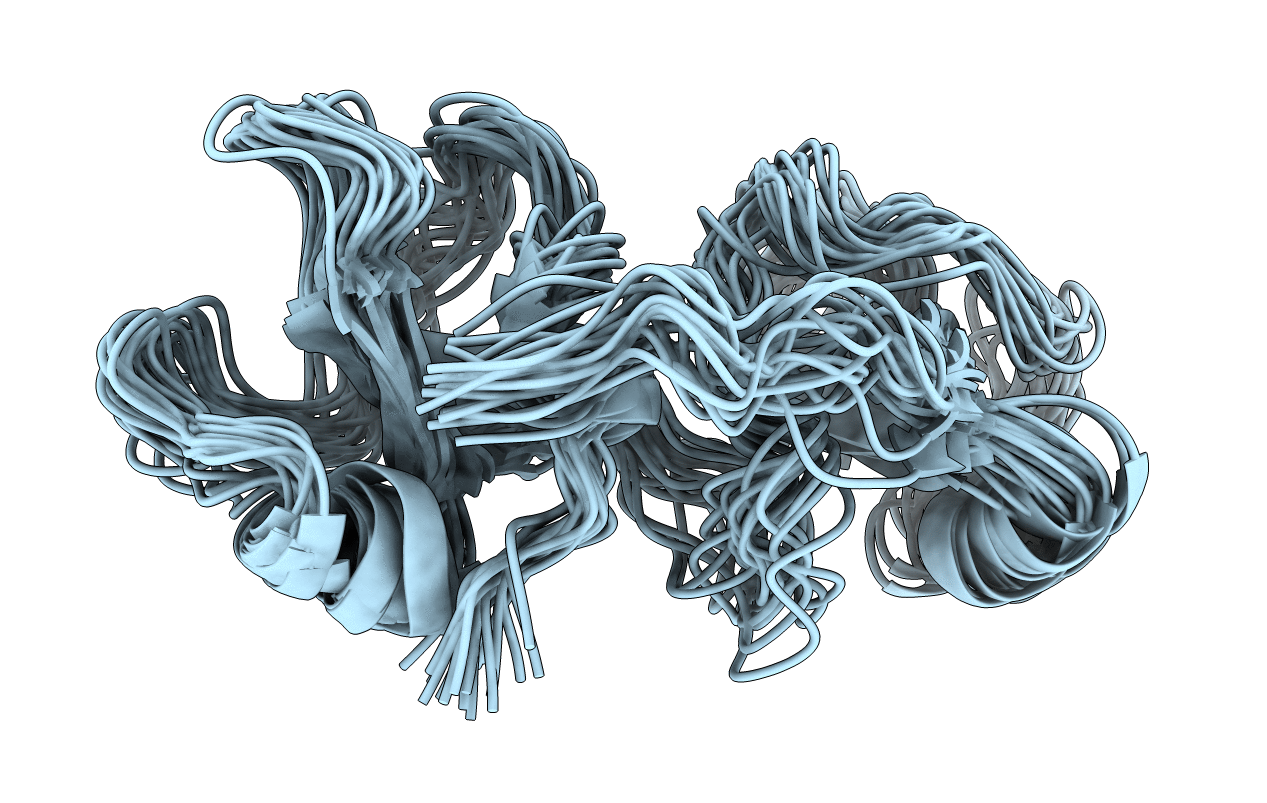
Deposition Date
1993-02-04
Release Date
1994-05-31
Last Version Date
2024-11-20
Entry Detail
PDB ID:
1PCP
Keywords:
Title:
SOLUTION STRUCTURE OF A TREFOIL-MOTIF-CONTAINING CELL GROWTH FACTOR, PORCINE SPASMOLYTIC PROTEIN
Biological Source:
Source Organism:
Sus scrofa (Taxon ID: 9823)
Method Details:
Experimental Method:
Conformers Submitted:
19


